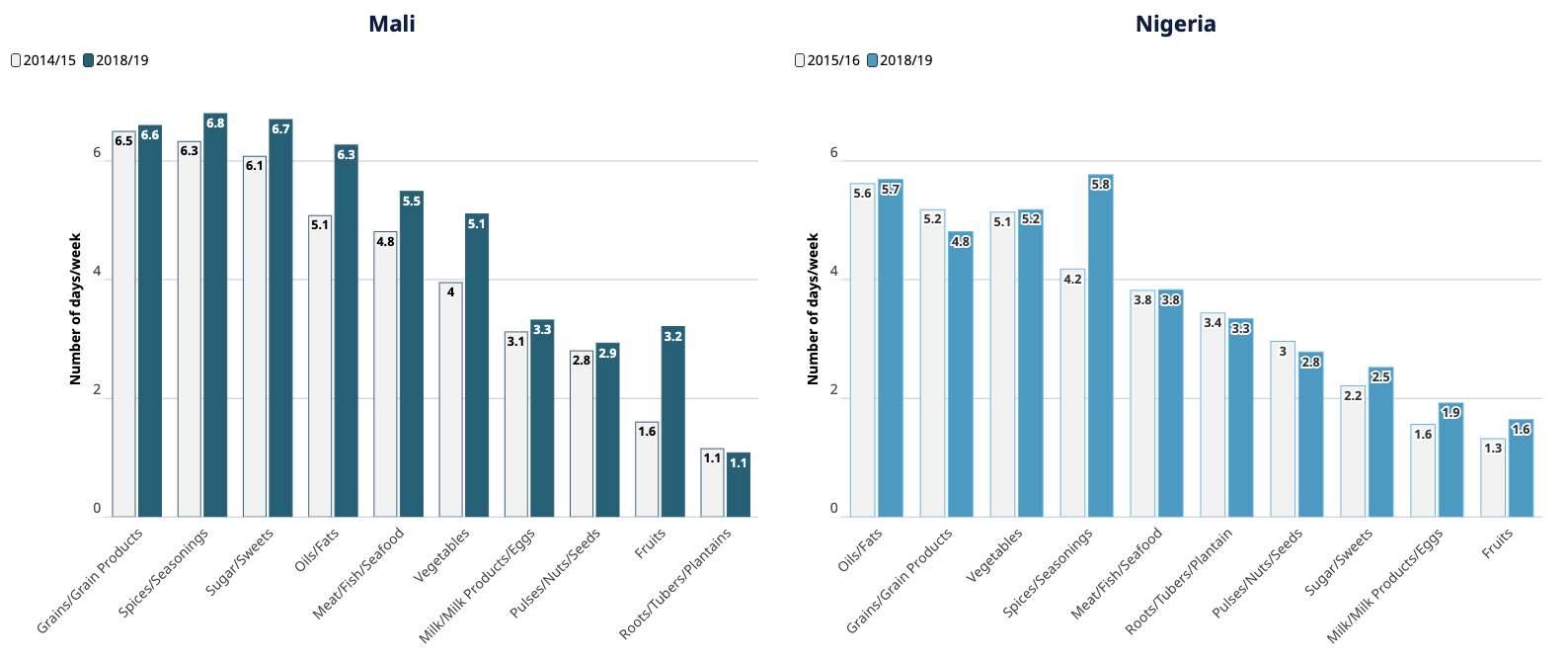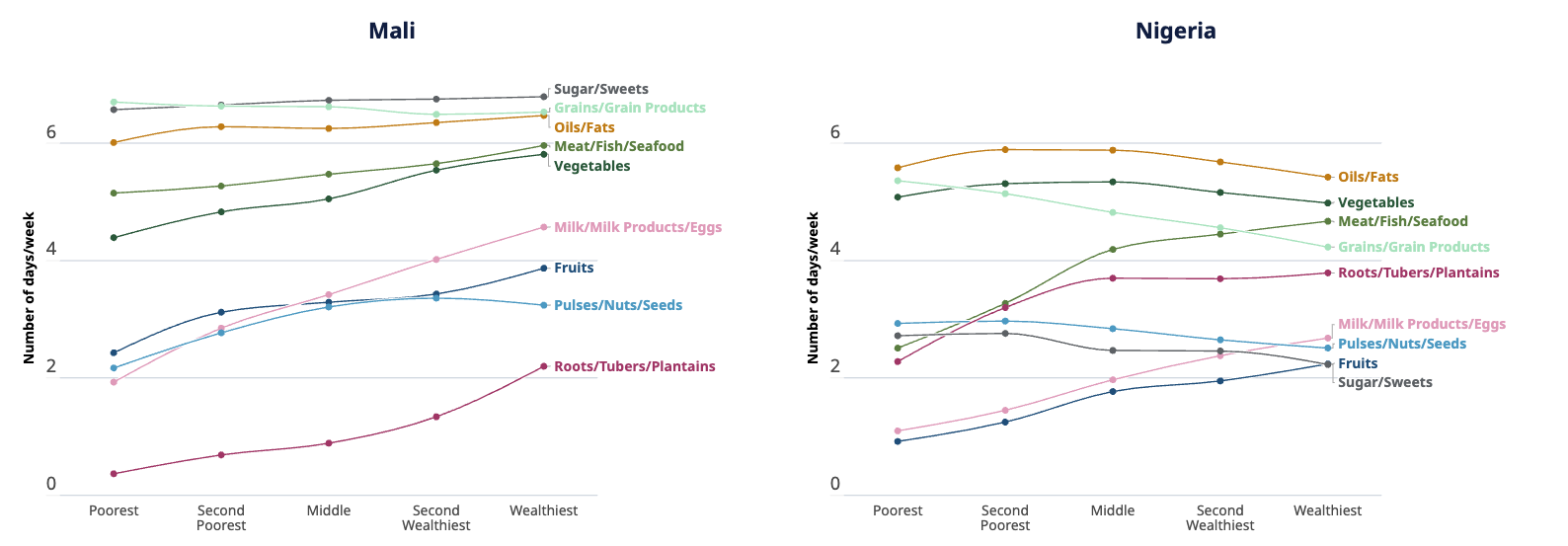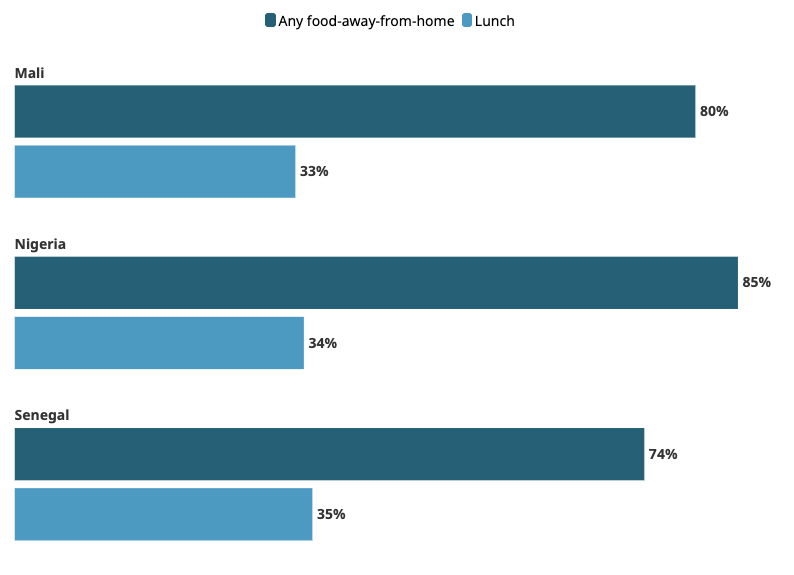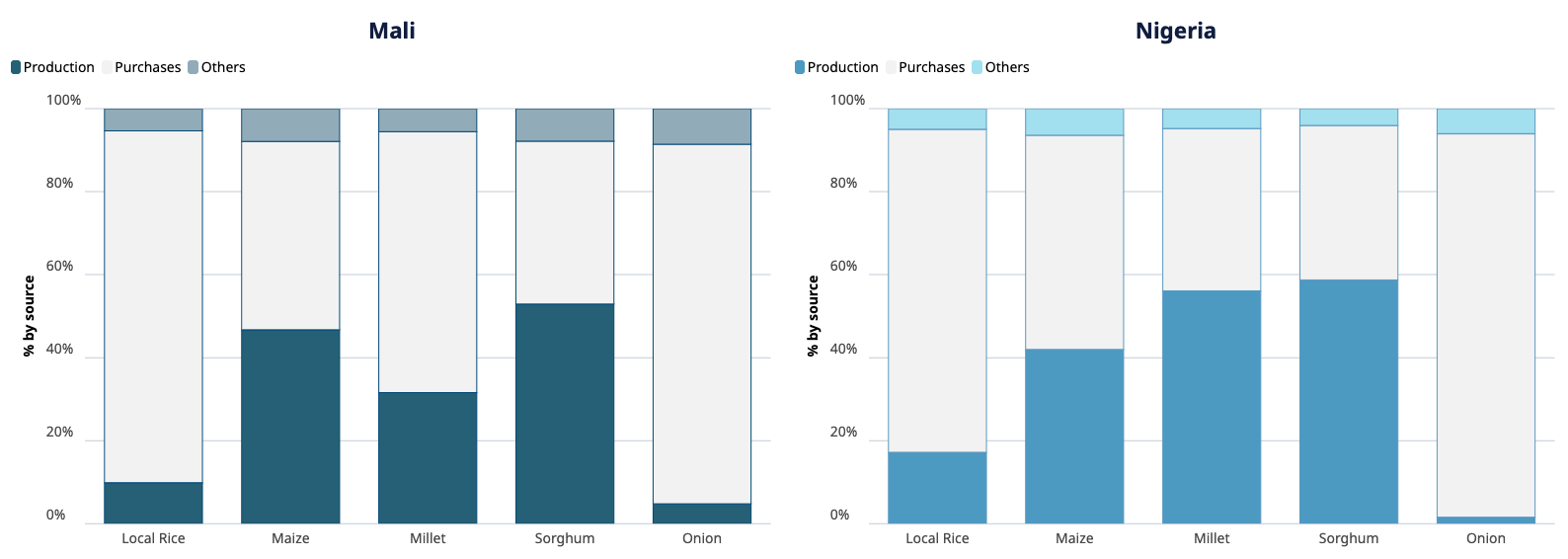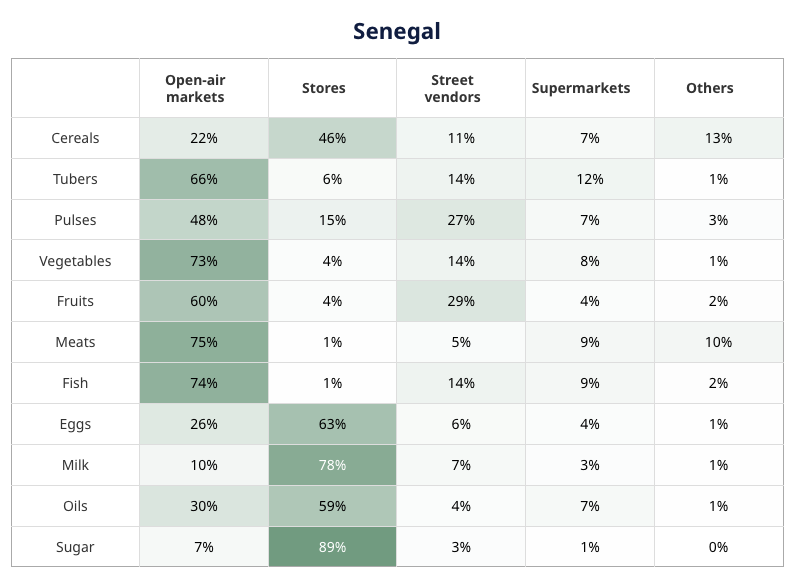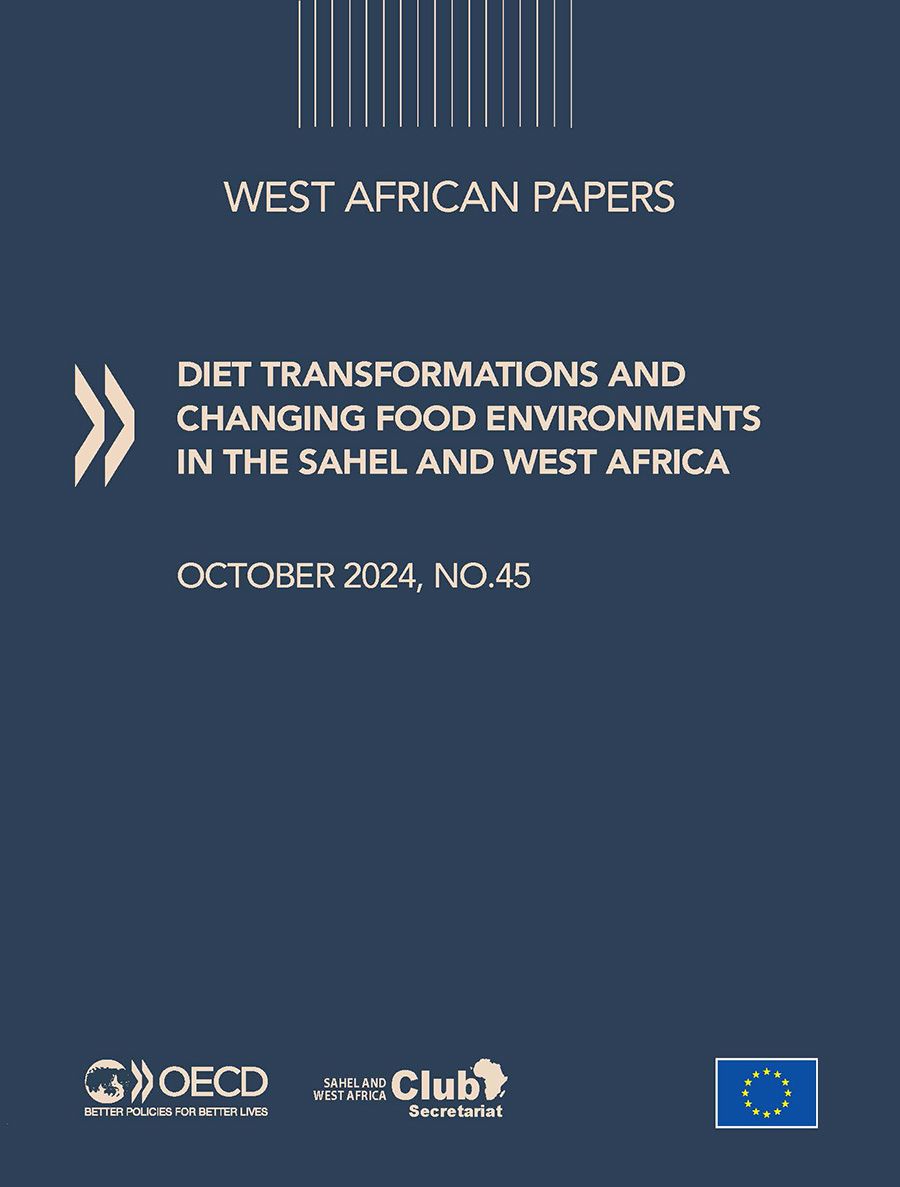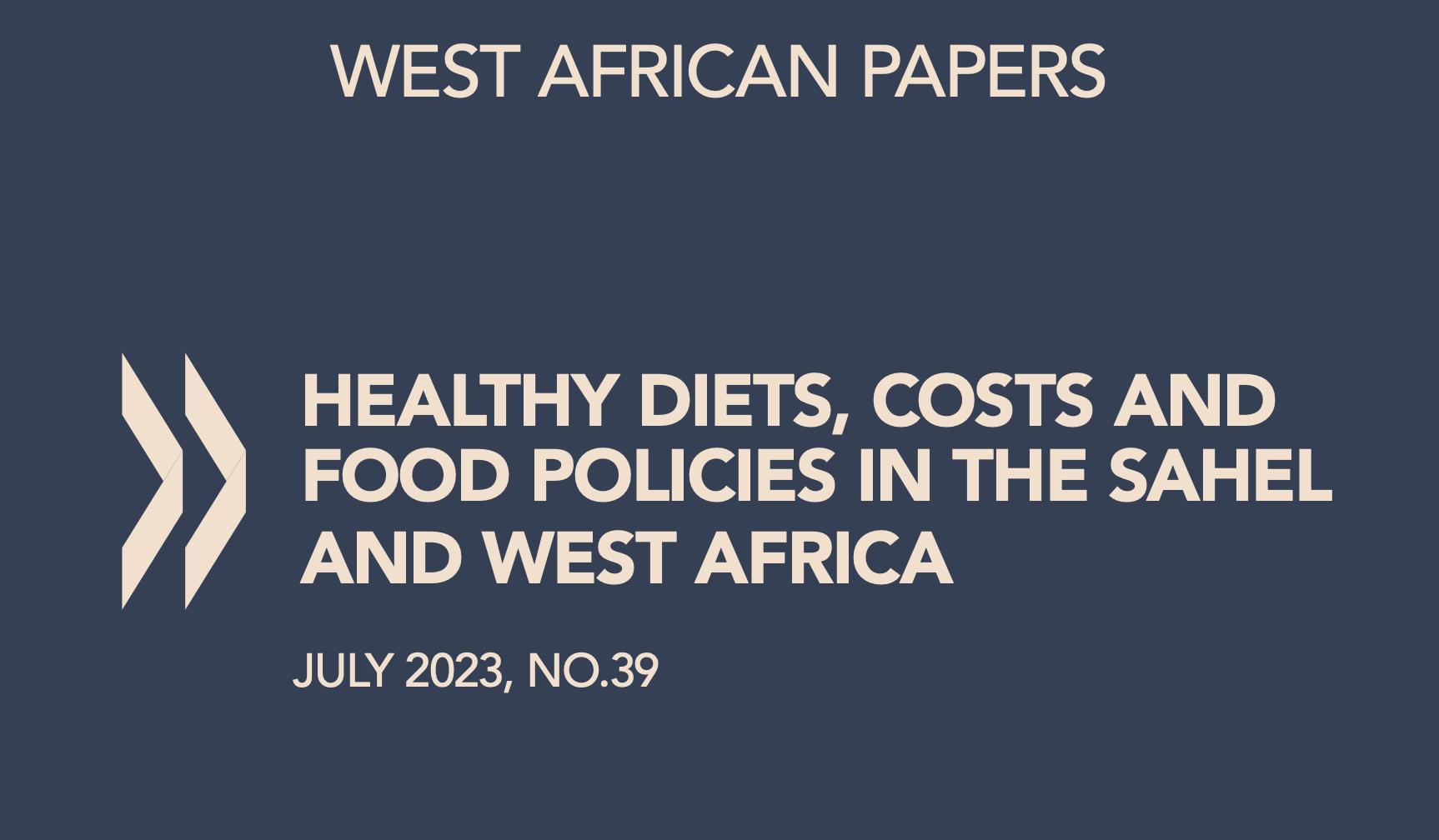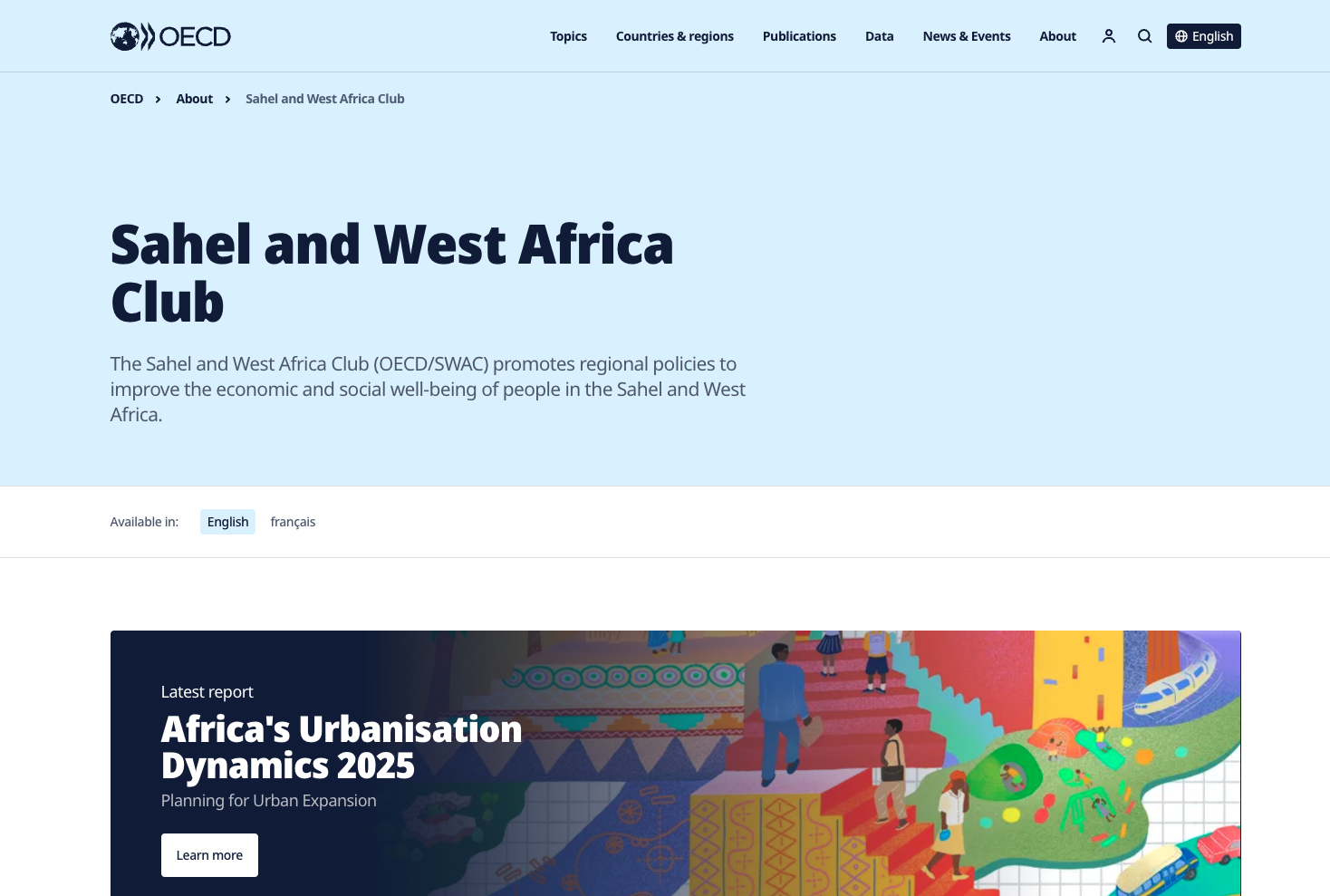The rapid transformation of West African diets and food environments
Why nutrition policies and interventions must catch up with the region’s fast-changing food landscape
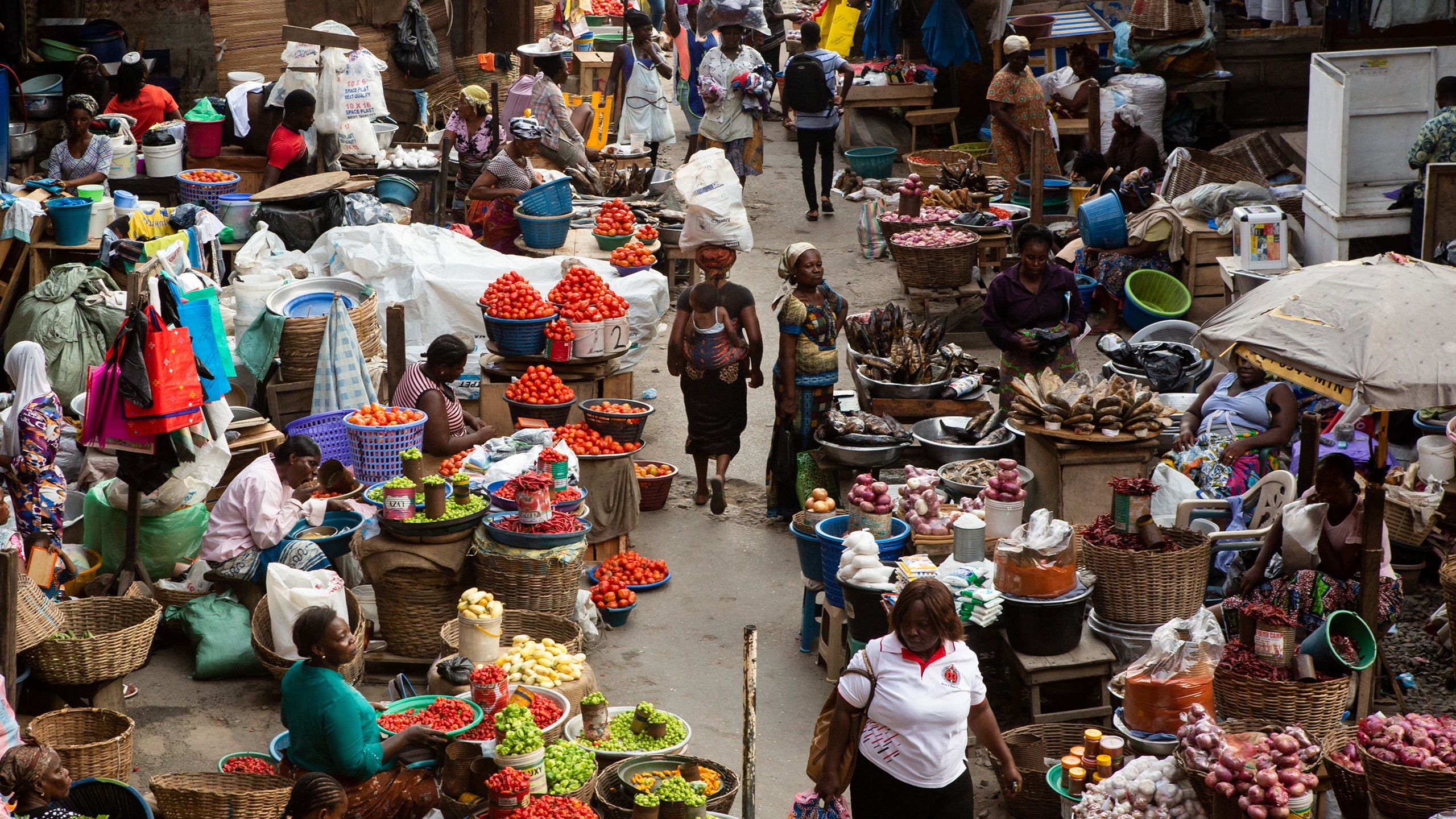
The Adjamé market in Abidjan bustles with stalls offering everything from cassava and okra to instant noodles and imported snacks—a vibrant scene unimaginable three decades ago when traditional staples dominated regional food markets. Urbanisation and rising incomes have reshaped West Africa’s food landscape, as street vendors, fast-food outlets, and kiosks introduce new products alongside traditional favorites, signaling a major shift in eating habits.
Outdated perceptions of regional food consumption are lagging behind this rapid transformation. Are these dietary shifts improving nutrition, or do they present new health risks? How do urban environments and economic status influence food choices? Answering these questions is crucial for effectively addressing food security and nutritional health in West Africa.
Photo: Leo Muguet/Wikimedia Commons
Diet transformations in West Africa

Diets are diversifying—but benefits are unequal
Across West Africa, diets are becoming more diverse in both urban and rural areas. In Mali, food consumption frequency for 8 out of 10 major food groups increased between 2015 and 2019; in Nigeria, this rose to 4 out of 10 groups. Fruit intake doubled in Mali, while vegetable consumption increased from four to five days per week.
Rapid changes in weekly food consumption frequency in Mali and Nigeria (#days/week)
Note: The frequency of consumption of food groups per week refers to the number of days within a week that the specific food group was consumed.
However, diet diversification does not equal improved diet quality. Consumption of fruits and vegetables has risen alongside oils and sweets, demonstrating a simultaneous expansion of healthy and unhealthy foods in West Africa’s diets.
Not everyone benefits equally. Diet diversification is more limited among poorer households—highlighting persistent inequalities in diet quality. The gap is particularly marked for nutrient-rich food groups, such as animal-sourced products and fruits and vegetables, which remain less accessible to the poorest segment of the population.
Food consumption frequency (#days/week) varies greatly by household income in Mali and Nigeria, 2018-19
Note: Total household expenditure is used as a proxy for total household income.
Growing appetite for convenience foods
The consumption of processed and ultra-processed foods is also increasing, both in rural and urban communities. By 2019, these convenience foods accounted for nearly half of all food items consumed weekly by households in Mali, Nigeria and Senegal.
Increasing household reliance on processed and ultra-processed foods in Mali, Nigeria and Senegal, 2018-19
Note: % of food consumed by households.
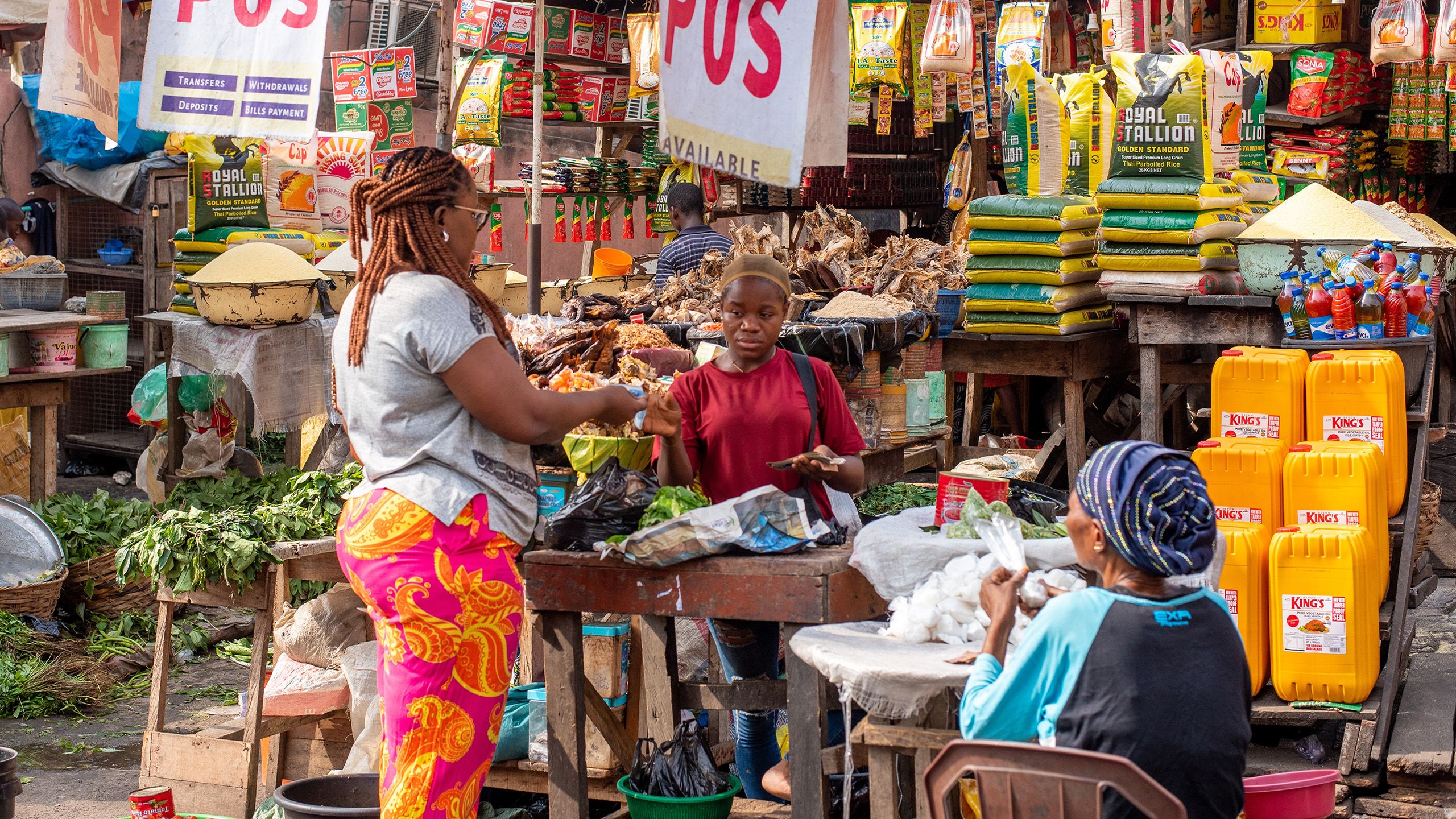
The rise of eating out
Eating away from home is now common, particularly in urban areas. About one-third of households in Mali, Nigeria and Senegal had members regularly eating lunch away from home in a given week.
Rising trend of eating out in Mali, Nigeria and Senegal, 2018-19 (% of households that reported having consumed food outside their home)
Note: One or more household members reported as having consumed foods outside the home.
From home kitchens to street vendors and packaged foods, West African diets are rapidly transforming. These shifts both shape and reflect evolving food environments—the physical, informational, and price parameters influencing how consumers access, select, and consume food.
West Africa’s changing food environments

Defining the food environment
Food environments include four key dimensions:
- Physical access refers to the presence and accessibility (e.g. proximity) of food products and locations for food procurement.
- Affordability refers to the price of food relative to a household’s income and purchasing power.
- Promotion, advertising and information sharing influence food purchasing decisions.
- Food quality and safety refer to attributes of food products that make them more (or less) valuable, acceptable and safe to consume.
Photo: Ruth McDowall
A growing reliance on markets
West African households increasingly rely on markets rather than home production. For instance, significant proportions of maize consumed in Mali (45%), Nigeria (50%) and Senegal (75%) are now market-purchased.
Even traditional staples like millet and sorghum, typically considered homegrown, are commonly bought—between two-fifths to three-quarters for millet, and one-third to one-half for sorghum across these countries.
Growing reliance on markets for staple foods in Mali and Nigeria, 2018-19
Note: Quantities of food items consumed and reported in kilogrammes. The “Others” category includes gifts and donations.
Diversifying food retail landscapes
Consumers now purchase food from a wider range of outlets, with traditional open-air markets no longer dominating. In Mali and Senegal, 30–40% of food purchases occur at street vendors and retail stores.
Shift toward street vendors and retail stores for food purchases in Mali and Senegal, 2023
Note: The “Others” category includes supermarkets, bakeries, restaurants and any other types of food outlets.
Retail outlets shape dietary choices
Where consumers shop significantly impacts the types of food available to them. In Mali, open-air markets still dominate for staples like tubers and vegetables, while dairy, eggs, and sweets are primarily bought from stores. Meat and fish continue to be purchased overwhelmingly at open-air markets, while street vendors often supply fruits. These variations underline how emerging retail diversity directly influences food access and dietary choices.
Food group purchases vary significantly by retail outlet in Mali and Senegal, 2023
Note: The “Others” category includes supermarkets, bakeries, restaurants and any other types of food outlets.
The profound changes to West Africa’s food environments are extending beyond shifting retail landscapes alone. One critical dimension is the evolving affordability of healthy diets, as regional price inflation increasingly excludes lower-income households from accessing nutritious foods like fruits and vegetables, even when physically available.
Simultaneously, the rapid expansion of food advertising, alongside public campaigns and labeling initiatives promoting healthier and safer eating, can significantly influence consumer behavior, shaping purchasing decisions toward either healthier or less healthy food choices.
Addressing all these complex and interconnected transformations calls for innovative approaches in regional food data collection that effectively capture the physical accessibility, pricing dynamics, and informational influences within food environments. This nuanced understanding is essential to inform and shape targeted interventions—such as urban mobility policies that enhance household connectivity to nutritious food outlets, or regulations aimed at curbing unhealthy food advertising and improving food packaging standards—ultimately fostering healthier diets across the region.
Photo: Pierre Laborde/Shutterstock
Find out more
Read our latest West African paper on Diets Transformations and Changing Food Environments in the Sahel and West Africa to know more about these changes.
More resources on food systems transformations in the region
"Healthy diets, costs and food policies in the Sahel and West Africa"
This paper examines the cost of healthy diets in the Sahel and West Africa, highlighting the most expensive nutritious food groups. It aims to inform public policy interventions and guide further research.
"Food System Transformations in the Sahel and West Africa"
This brochure looks at how structural forces are transforming food production, purchasing and consumption patterns. It provides evidence to foster a shared understanding of the facts andto promote inclusive, agile and transparent policy processes.
OECD food systems, food security and nutrition webpage
Explore the OECD webpage on "Food systems, food security and nutrition" to learn more about our work on food systems transformations and food security and nutrition.
SWAC website
Explore our website to learn more about the complexities of food security, food systems and urbanisation in the Sahel and West Africa. Discover a wealth of resources designed to shed light on the challenges facing the region.

